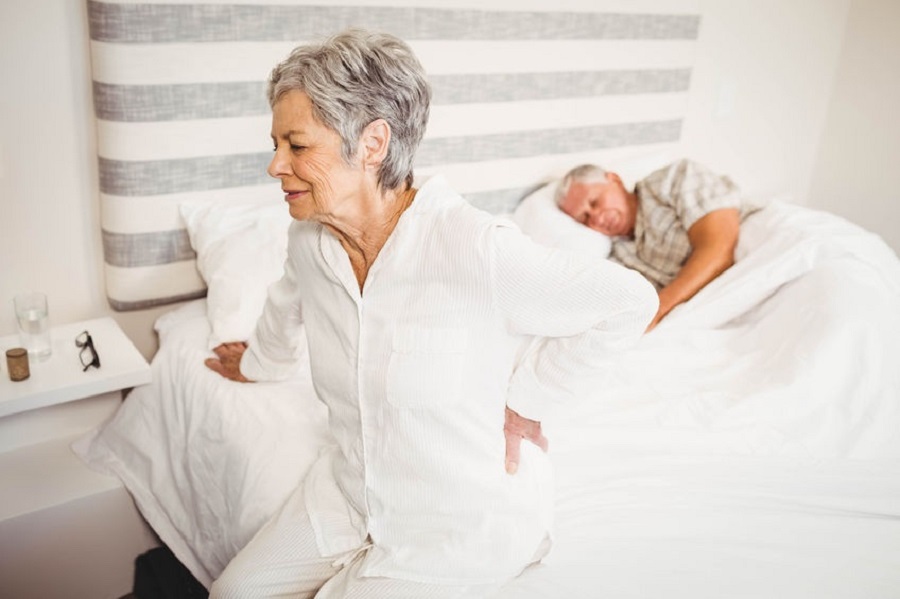
Pain is a common complaint of seniors, and they are at high risk of developing chronic pain conditions. Others said that pain was normal in elderlies, however, this is just a big myth. What is real about pain is that it’s a terrifying complication of illness, and it affects an individual’s mood and quality of life.
Many seniors feel that pain is only a part of their aging, hence they don’t report it. They don’t realize how important to tell what they are feeling. There are various remedies available to reduce and eliminate pain.
There are two types of pain. These are categorized as chronic and acute. What is a chronic pain? This is the type of pain that typically lasts from 3 to 6 months consequently and can create long-term physiological problems. This is not normal and should not be left untreated as it can significantly affect daily functioning such as having troubles in sleeping, walking, and performing of regular routines.
Even if several pain relievers are harmless for older people, physicians need to take special precautions when prescribing pain relievers. Older patients handle pain medication differently compared to younger patients. It has been proven and tested.
Pain Treatment
Pain treatment begins after assessing medical history and identifying the causes of pain. Health care provider makes endorsements for treatment. There are many options, and at times it takes some test and error to discover the most exceptional course of action. Here are some types of medications recommended for elderly depending on the severity of the pain they experienced.
- Analgesics. This is given for the relief of mild and moderate pain. It is not habit-forming but can be hazardous to your liver once taken in high doses such as Acetaminophen.
- Opioid pain relievers (narcotics). These types of pain medications are powerful prescription drugs which are used for the relief of moderate to severe pain. These are frequently prescribed for pain after surgery. Its side effects are nausea, constipation, and sleepiness. Keep in mind that these medications are highly addictive, hence take it with precautions.
- Nonsteroidal anti-inflammatory drugs (NSAIDs). These medications are your common aspirin and ibuprofen. Its side effects are nausea, vomiting, dizziness, and diarrhea. Remember that these drugs are not safe for patients with hypertension or high blood pressure.
- Cold Laser Therapy. These uses low-level cold lasers to promote damaged tissue to stimulate healing and lessen pain.
- Acupuncture. This is a type of treatment that uses tiny needles to promote and provide relief of pain from particular parts of your body.
- Cognitive behavior therapy. Learning how to reduce reaction to pain is the objective of this therapy. This is a healthy alternative to pain.
- Transcutaneous electrical nerve stimulation (TENS). This uses electrical impulses to stimulate nerves so that the pain will be relieved.
- Massage therapy. This is a technique liked by many elderlies. It is a healthy option which can release tension in tight muscles.
- Exercising (physical therapy). This therapy comprises training, stretching, walking, yoga and Pilates can be useful in managing pain if done correctly.
Every patient should be assessed individually to classify the most effective approaches to use in hopes of attaining the best potential outcome with the least extent of side effects. Elderlies have different levels of tolerance for pain; thus, it is vital to have a background check of medical history and health practices.
Relaxation and herbal therapies use a variety of non-traditional approaches to help you cope pain. If you are a senior or the caregiver for seniors suffering from long-term pain expects the finest result when you combine any of the pain remedies aforementioned.
